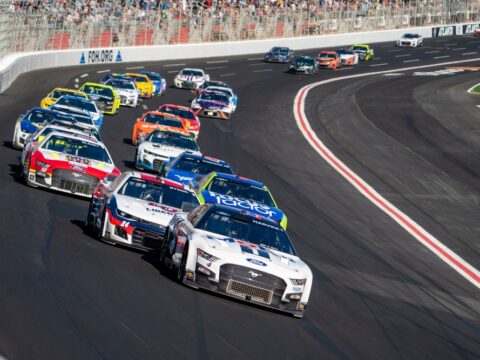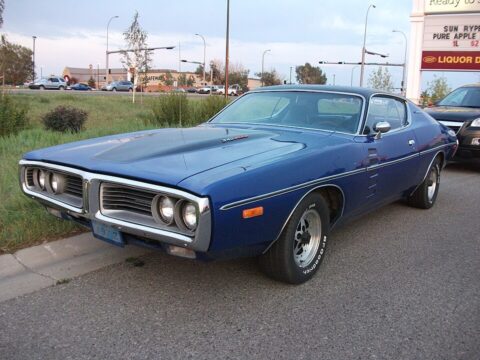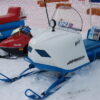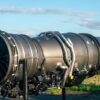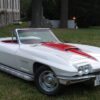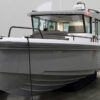Experimental military aircraft often push the boundaries of technology and innovation. However, not all of these ambitious projects succeed. This article explores 10 experimental military aircraft that, despite their potential, didn’t quite make it to active service. Each aircraft has a unique story of why it didn’t take off, offering insights into the challenges and complexities of aviation development.
Contents
Northrop YB-49
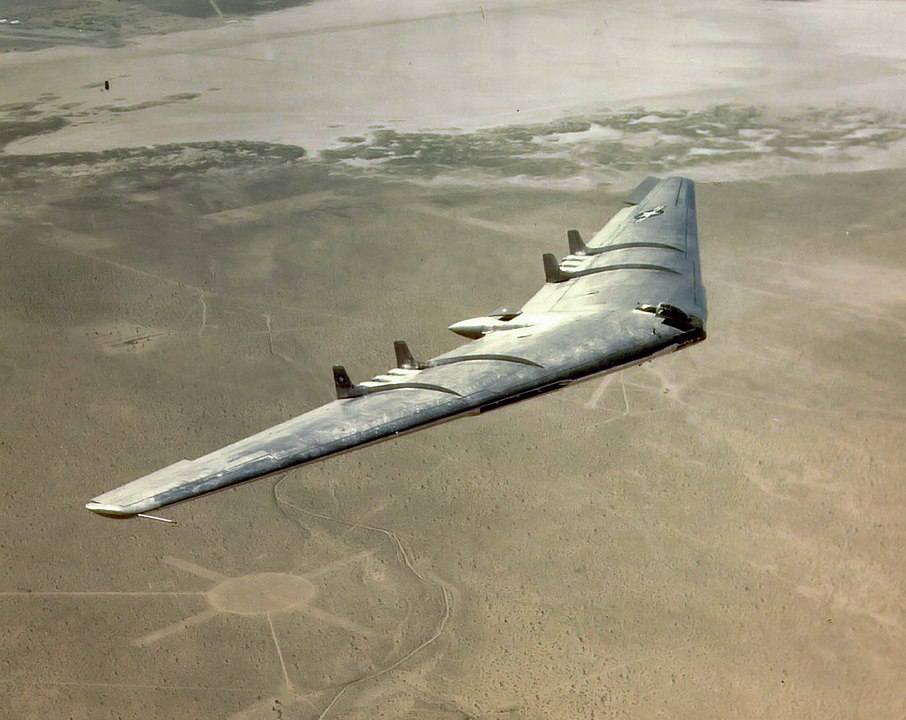
Northrop Corporation developed the YB-49 as a revolutionary flying wing bomber for the United States Air Force. Despite its cutting-edge design, it faced persistent stability and control problems, making it notoriously hard to manage. The project also suffered from various technical issues and accidents during the testing phases. As more reliable jet-powered aircraft emerged, the YB-49 was deemed obsolete.
Convair XF-92A
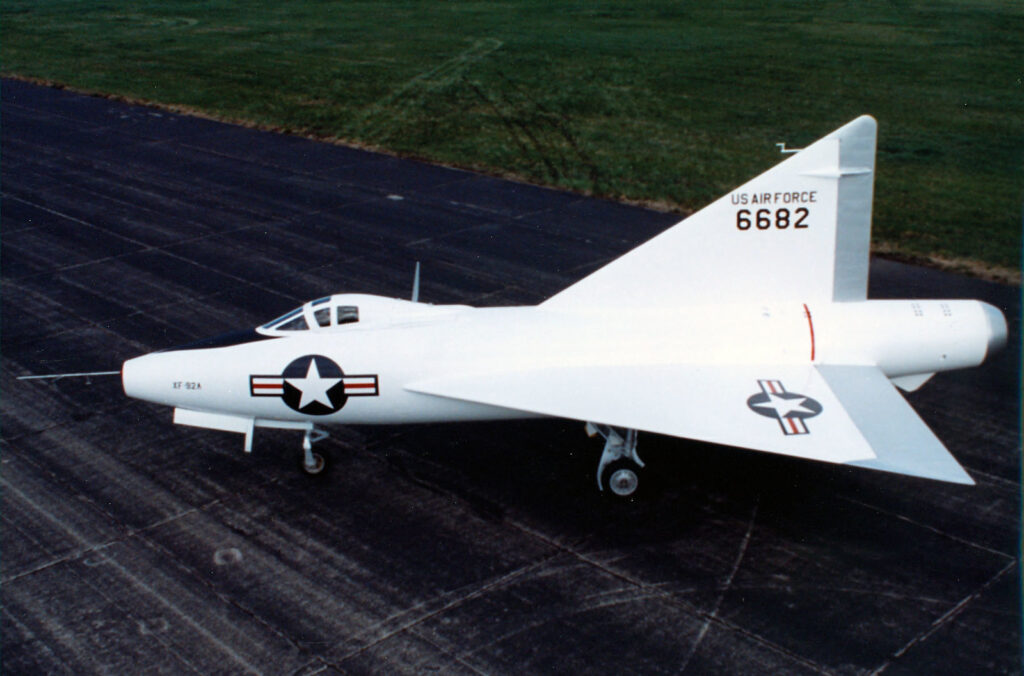
The Convair XF-92A was the United States’ first delta-wing aircraft, designed as a high-speed interceptor. Stability issues and poor performance at high speeds plagued its development. Moreover, engine reliability problems further hindered its progress. As advancements in jet technology outpaced it, the XF-92A quickly became outdated.
Lockheed YF-12
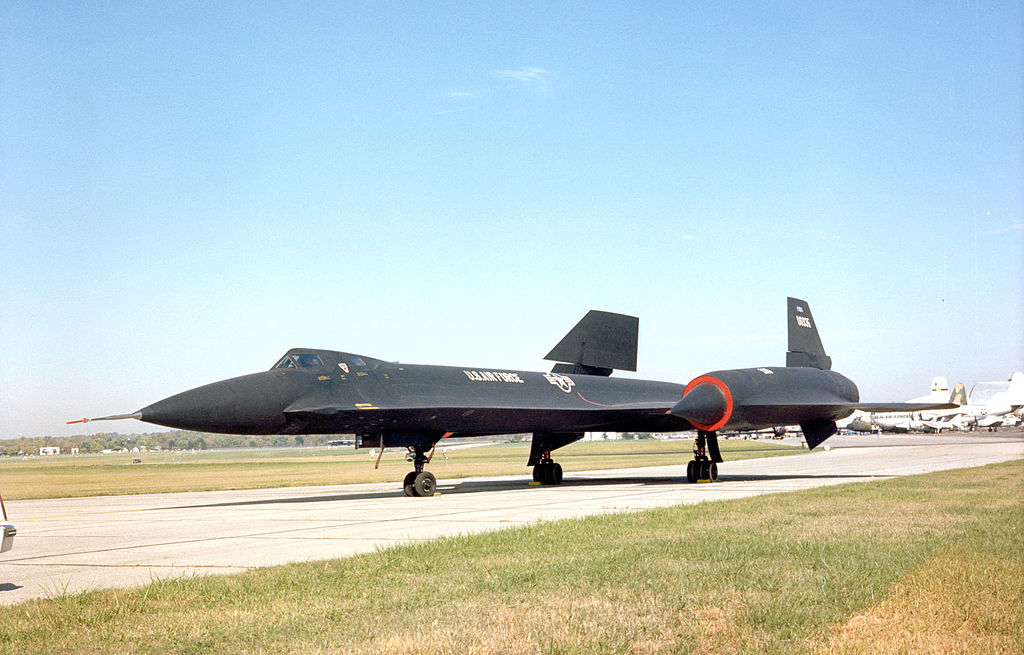
Intended to intercept Soviet bombers, the Lockheed YF-12 was a high-speed, high-altitude interceptor derived from the A-12 reconnaissance aircraft. Despite promising test performances, budget constraints and a strategic shift towards intercontinental ballistic missiles (ICBMs) led to its cancellation. Additionally, the high operating costs and maintenance complexities proved prohibitive.
Ryan X-13 Vertijet
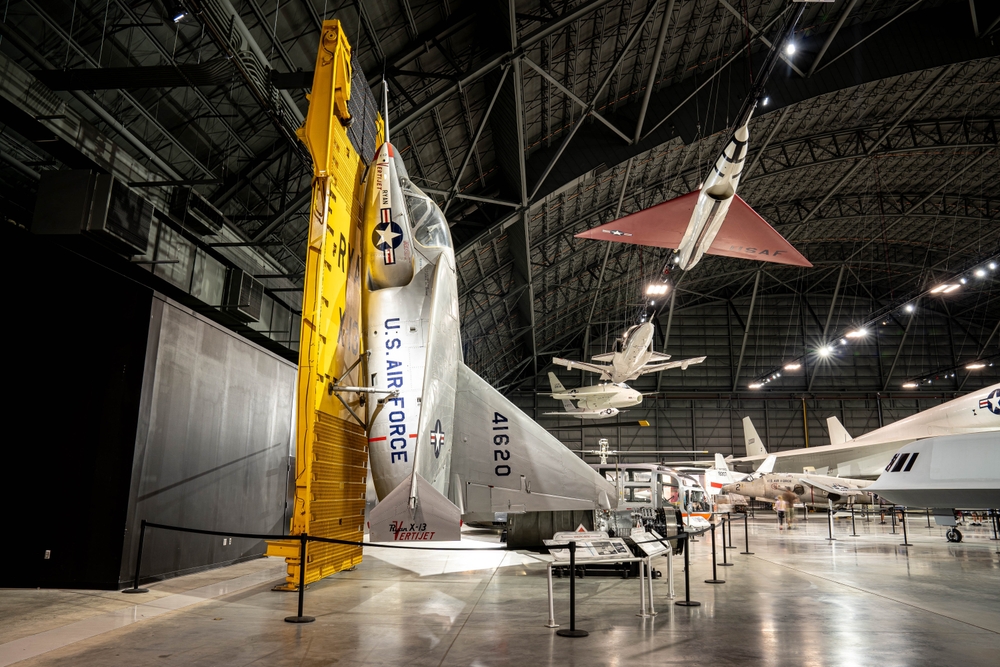
The Ryan X-13 Vertijet, an experimental VTOL jet aircraft developed in the 1950s, successfully demonstrated VTOL capabilities. However, it was deemed impractical for operational use due to limited payload capacity and complex control mechanisms. The difficulty of landing vertically in combat situations further hindered its prospects.
Lockheed XF-104
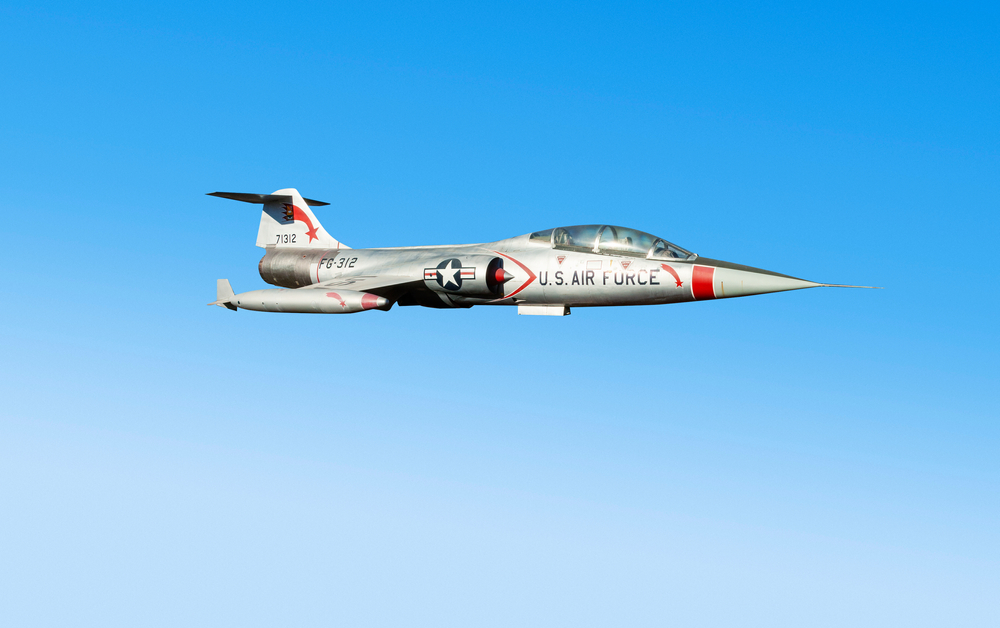
The prototype for what would become the F-104 Starfighter, the Lockheed XF-104 faced several technical challenges, including stability issues and a problematic downward-ejecting ejection seat. These problems necessitated modifications and redesigns before the final version was accepted for production. The XF-104’s early struggles underscore the iterative process often necessary in aircraft development.
McDonnell XF-85 Goblin

The McDonnell XF-85 Goblin was an experimental parasite fighter designed to be deployed from the bomb bay of a B-36 bomber. Intended to provide bombers with defensive escort, it faced significant challenges, including the difficulty of re-docking with the bomber in turbulent air. The development of long-range jet escort fighters and the inherent risks of the docking process led to its cancellation. Despite its impracticality, the XF-85 remains an interesting concept in military aviation history.
Northrop YF-23
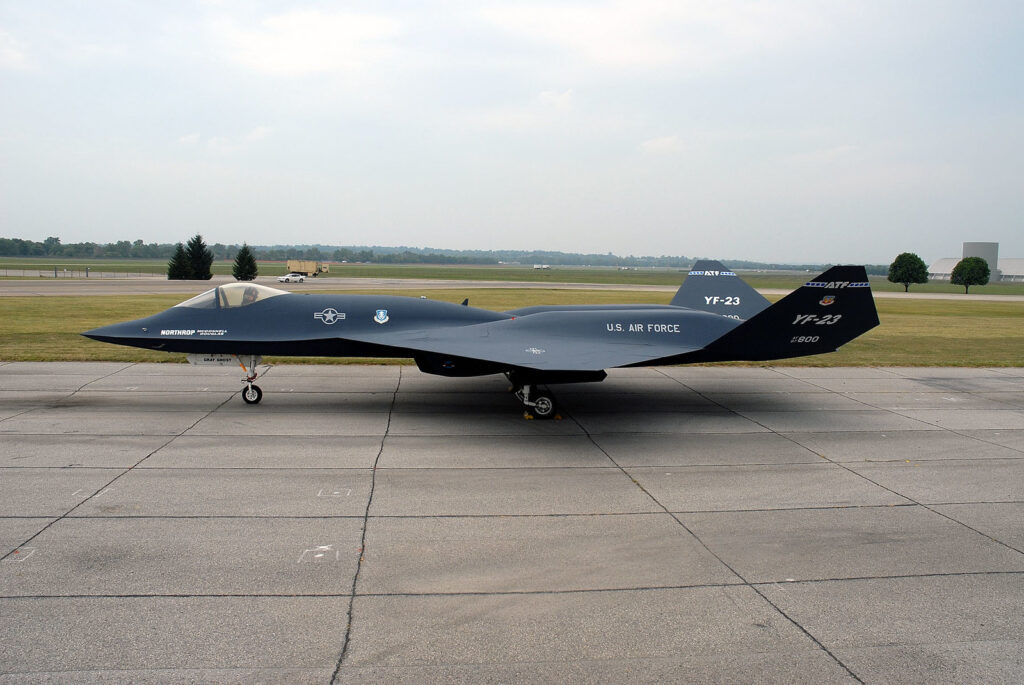
Competing against the Lockheed YF-22 for the Advanced Tactical Fighter contract, the Northrop YF-23 demonstrated impressive performance and stealth capabilities. Despite these strengths, it lost to the YF-22, which was later developed into the F-22 Raptor. Contributing factors included the YF-22’s perceived better maneuverability and Lockheed’s superior management and production plan. The YF-23’s innovative design, however, influenced future stealth aircraft. Its legacy endures in modern aviation.
Hughes XF-11
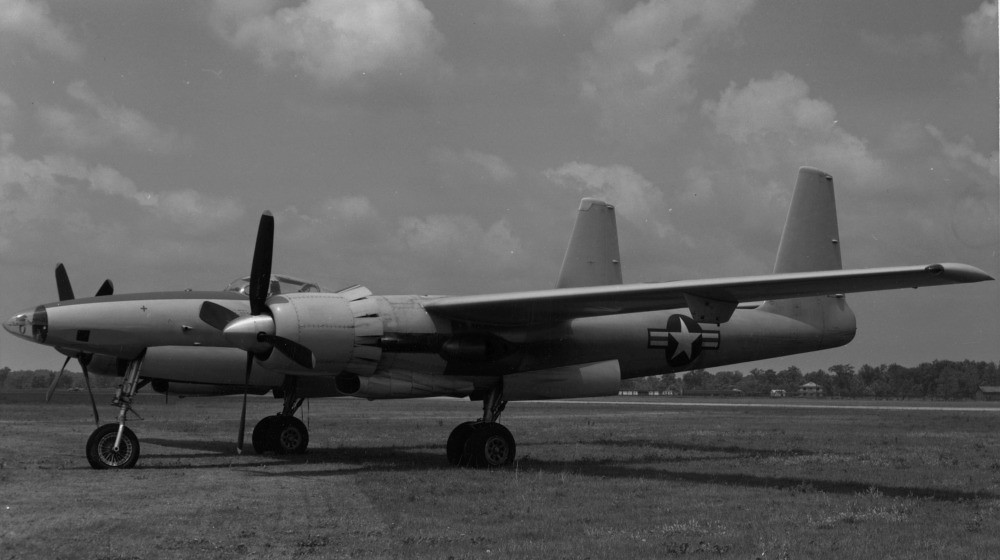
Developed by Howard Hughes, the Hughes XF-11 was an experimental reconnaissance aircraft. A high-profile crash during its first flight, which seriously injured Hughes, highlighted significant design flaws. Although a second prototype was built and tested, its performance did not justify further development, especially with emerging jet-powered reconnaissance aircraft.
Avro Canada CF-105 Arrow
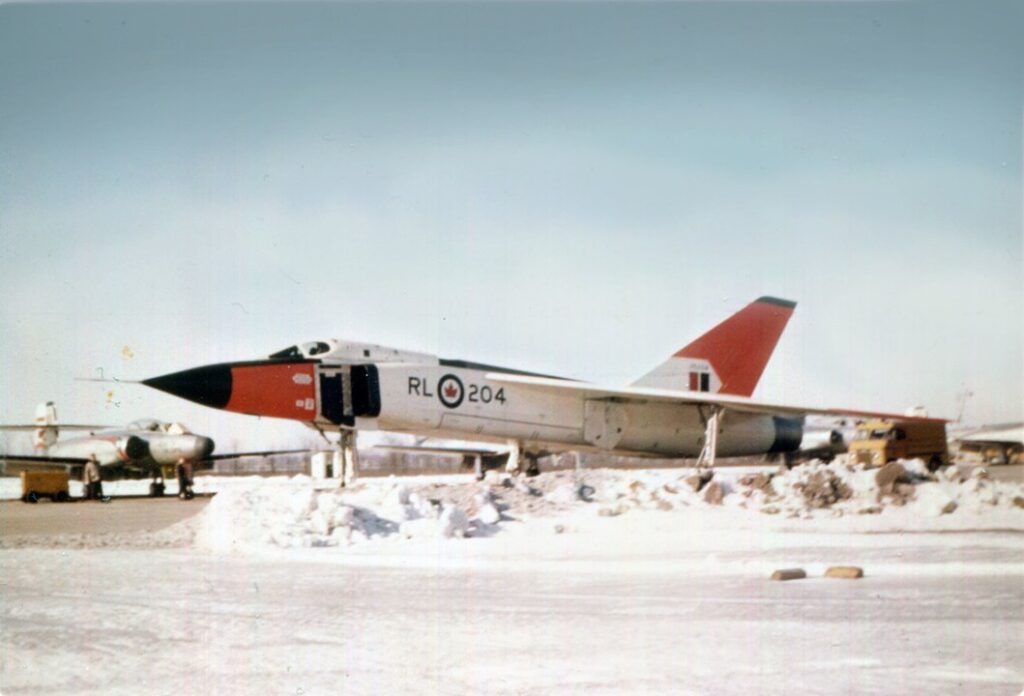
The Avro Canada CF-105 Arrow was a cutting-edge interceptor designed to protect North American airspace during the Cold War. Despite its advanced capabilities, the Canadian government abruptly canceled the project due to high costs and changing defense priorities. This decision sparked significant controversy and debate, as many believed in the Arrow’s potential.
Rockwell XFV-12
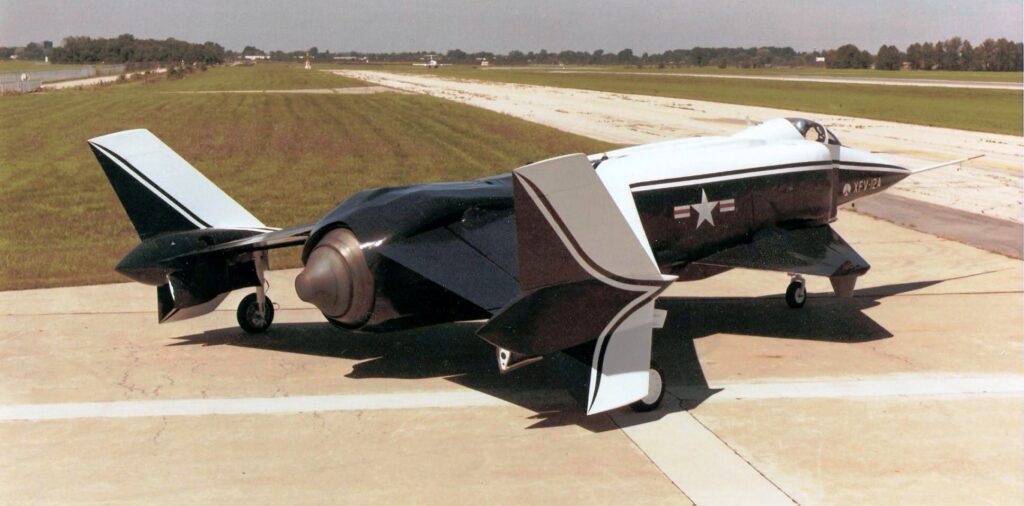
The Rockwell XFV-12, an experimental VTOL fighter intended for the U.S. Navy, showed promising concepts but failed to achieve the necessary thrust-to-weight ratio for successful vertical takeoff and landing. Technical challenges, including inefficient engine performance and design flaws, plagued the project. Unable to meet performance expectations, it was ultimately canceled.
This article originally appeared on MyCarMakesNoise.
More from MyCarMakesNoise
20 Classic Cars from the ’60s and ’70s with Engine Flaws
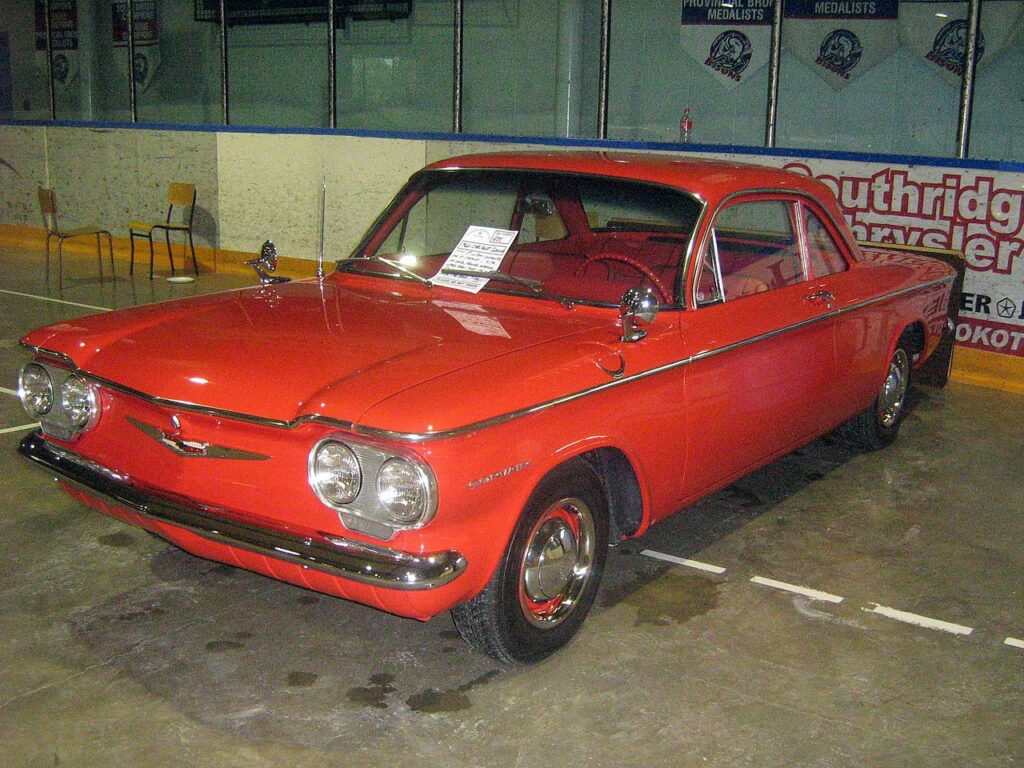
Some cars from the ’60s and ’70s are infamous for their unreliable engines and frequent mechanical issues. From the Chevrolet Corvair’s problematic rear-engine design to the Ford Pinto’s dangerous fuel system, these vehicles have earned a notorious reputation. Read More.
20 Astonishing Facts You Didn’t Know About Classic Muscle Cars

Classic muscle cars have always captured the hearts of car enthusiasts with their powerful engines and iconic designs. These American legends aren’t just about speed and style; they have a rich history full of fascinating stories and surprising details. Read More.
20 Most Memorable Lamborghini Supercars Ever Made

Lamborghini has a legacy of crafting some of the most iconic supercars the world has ever seen. From sleek designs to groundbreaking performance, each model has left a lasting impression on automotive enthusiasts. Read More.


